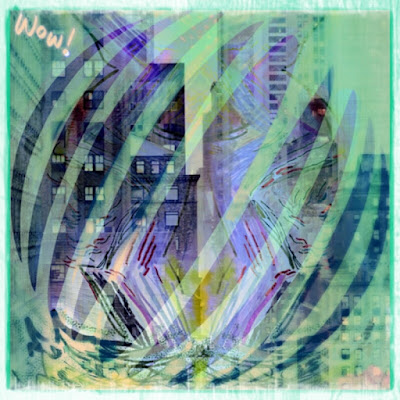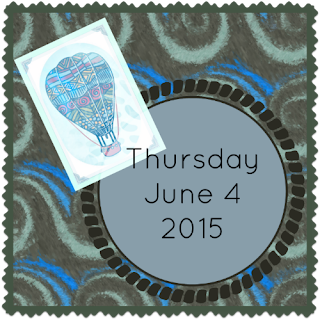Nonfiction Text for CCSS

This image belongs to Melissa Reese Etheridge. Blogger 6.30.2015 Common Core State Standards 1 The English Language Arts Common Core State Standards are divided into five different strands. This article will discuss the first two. Reading Literature: This strand concerns the literary texts that students will read at each grade level. This includes a story, drama, and poetry. The Common Core State Standards stress that students should read a wide range of literary text as they go through high school. Reading Informational Text: Informational text includes a broad range of literary nonfiction including exposition, argument, and functional text such as essays, speeches, and opinion pieces, memoirs, and historical and technical accounts. The Common Core State Standards stress that students will read a range of texts in increasing complexity. One lesson that high school students have to learn is to analyze how complex characters interact with other characters and ad...











